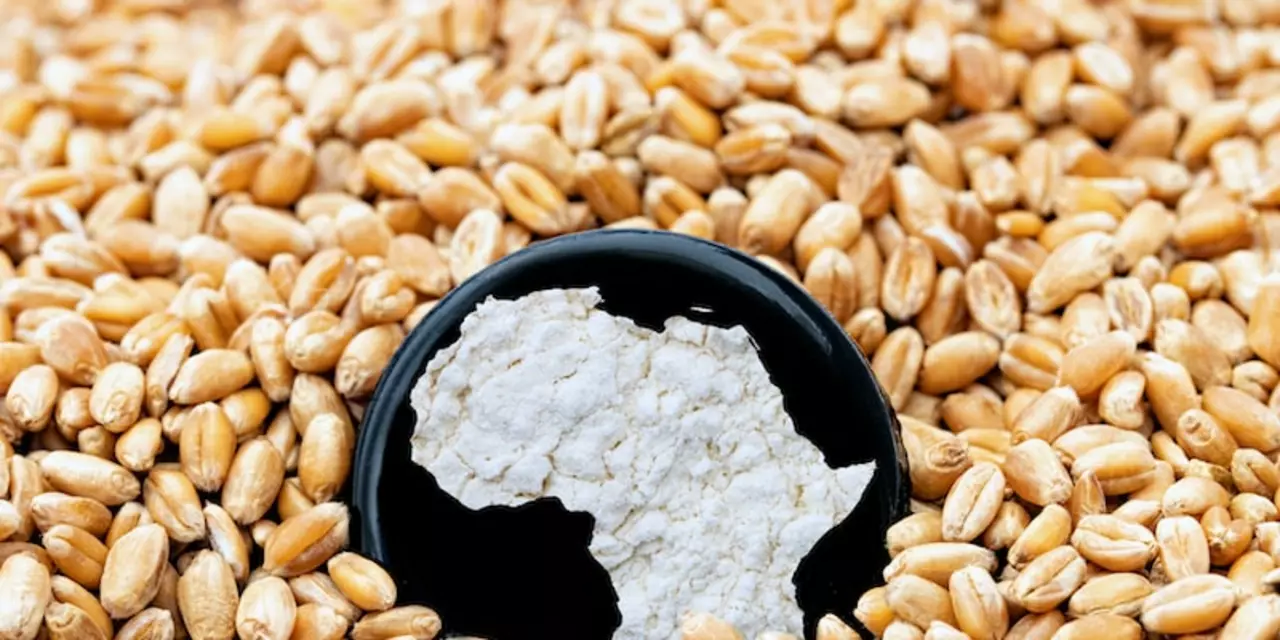Fruits: Fresh Picks, Health Boosts, and Simple Ways to Enjoy Them
Ever wonder why fruits keep popping up in every health blog? It’s not just because they’re sweet and colorful. Fruits pack vitamins, fiber, and antioxidants that help you feel better, stay energetic, and even protect you from some illnesses. Let’s dive into what makes fruits a must‑have and how you can slip more of them into your daily routine without any hassle.
Why Fruits Deserve a Spot on Your Plate Every Day
First off, fruits are natural power foods. A handful of berries gives you a dose of vitamin C, which keeps your immune system on point. Apples bring soluble fiber that helps lower cholesterol, while bananas offer potassium to keep your blood pressure in check. The best part? All these nutrients come without added sugars or artificial stuff.
Besides the health perks, fruits are super versatile. You can eat them raw, blend them into smoothies, toss them into salads, or even grill them for a caramelized twist. This flexibility means you won’t get bored, and you’ll keep getting a range of nutrients from different colors and types.
Another win is the gut‑friendly fiber. Fiber feeds the good bacteria in your intestines, which supports digestion and can improve mood. A diet rich in fiber also helps you feel fuller longer, making it easier to control cravings and maintain a healthy weight.
Easy Ways to Add More Fruits to Your Meals
Now that you know why fruits matter, let’s talk about how to add them without turning every meal into a fruit salad. Start your day with a quick fruit‑filled smoothie: blend a banana, a handful of spinach, some frozen berries, and a splash of water or milk. It takes under five minutes and packs a punch.
For lunch, swap out plain water for infused water. Add slices of lemon, cucumber, or orange to a pitcher and let it sit. You’ll get a subtle flavor boost and extra vitamins without extra calories.
Dinner can include a simple fruit side. Toss sliced mango or pineapple into a stir‑fry, or grill peach halves as a sweet topping for grilled chicken. The natural sugars caramelize quickly, adding depth without needing extra sauces.
If you crave a snack, keep a bowl of fresh fruit on your desk or kitchen counter. Apples, grapes, and mandarin segments are easy to grab and don’t require prep. Pair them with a handful of nuts for a balanced snack that hits protein, healthy fat, and carbs.
Finally, think about dessert as an opportunity, not a cheat. A bowl of mixed berries with a dollop of yogurt feels indulgent while still delivering nutrients. You can even freeze banana slices and blend them into a creamy “ice cream” that’s entirely fruit‑based.
Bottom line: fruits aren’t just a tasty treat; they’re a practical, nutrient‑dense addition to any meal. By using a few simple tricks—smoothies for breakfast, infused water for lunch, fruit‑forward sides for dinner, and ready‑to‑eat snacks—you’ll naturally boost your intake and reap the health benefits without any extra effort.
So, next time you’re planning meals, ask yourself: where can I slip in a fruit? Chances are, you’ll find several easy spots, and your body will thank you for the colorful, sweet upgrade.

What is the typical food of a poor Indian?
Poor Indians have a diet which is mostly dependent on basic staples like wheat, rice and pulses. These are supplemented by a variety of vegetables and fruits, which are seasonal and locally available. Dairy products and meat are consumed sparingly, and mainly by those who can afford it. Poor Indians usually have simple meals which consist of chapatis, dals and vegetables, or rice and sambar.